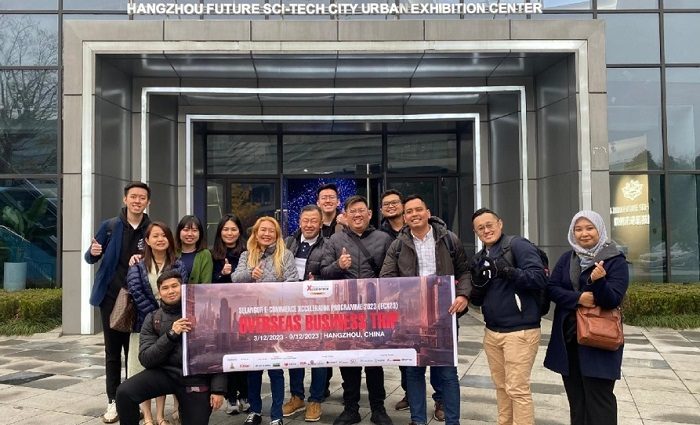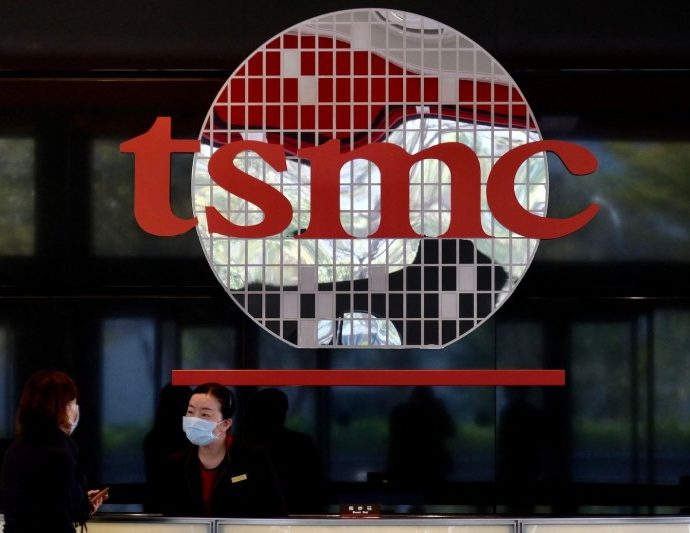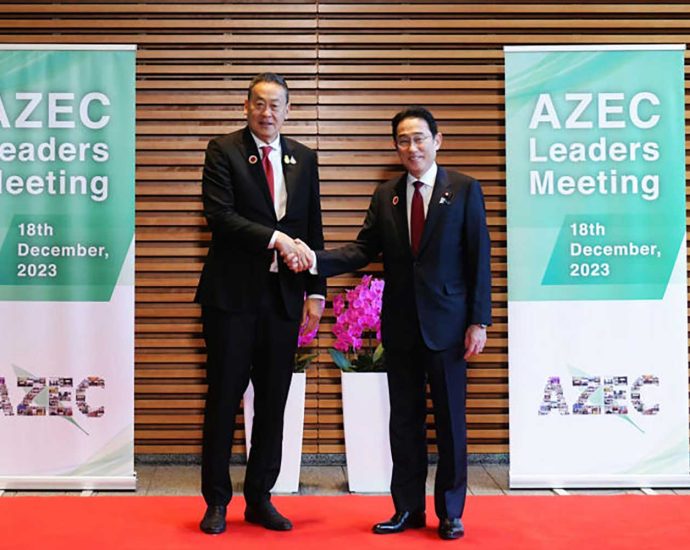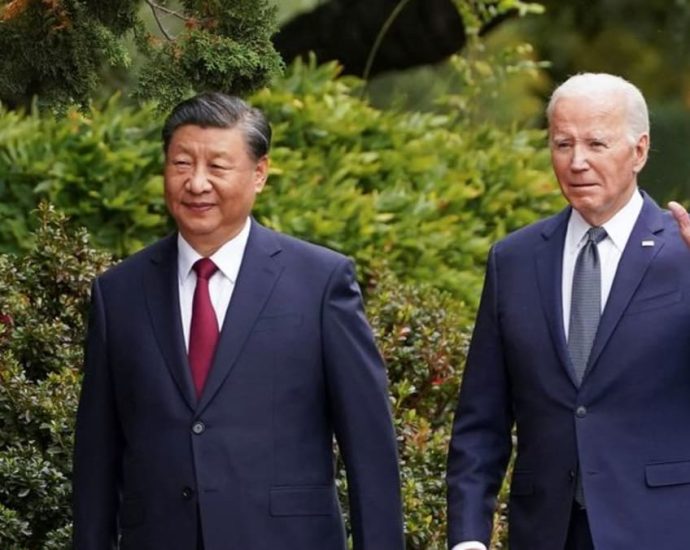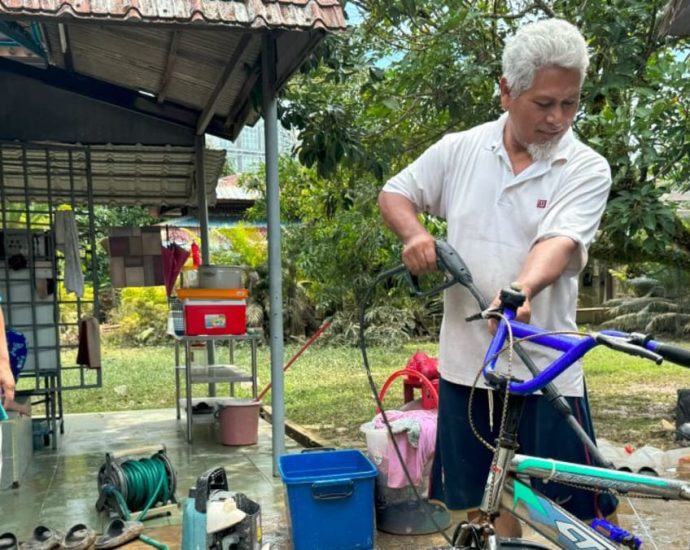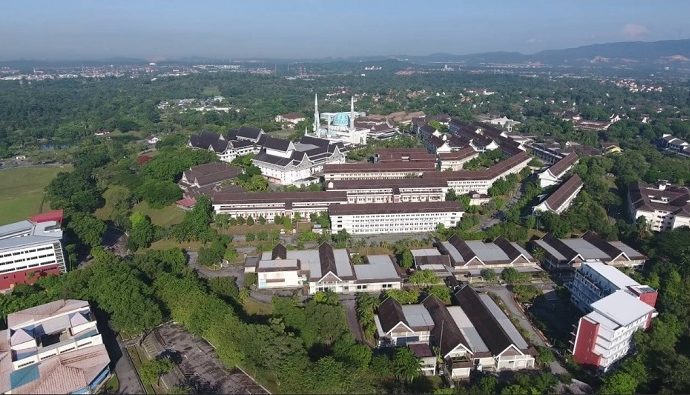Sidec exposes 5 companies to cutting edge e-commerce with trip to Hangzhou
Participants from Selangor e-Commerce Xccelerator Programme 2023
Exposure inspires a founder to change mindset from local/SEA to global
The Selangor Information Technology and Digital Economy Corporation (Sidec), recently concluded an overseas trip, part of the Selangor E-Commerce Xccelerator Programme 2023 (ECX23). Taking place from 3 to 9 Dec, five companies from the programme took…Continue Reading

